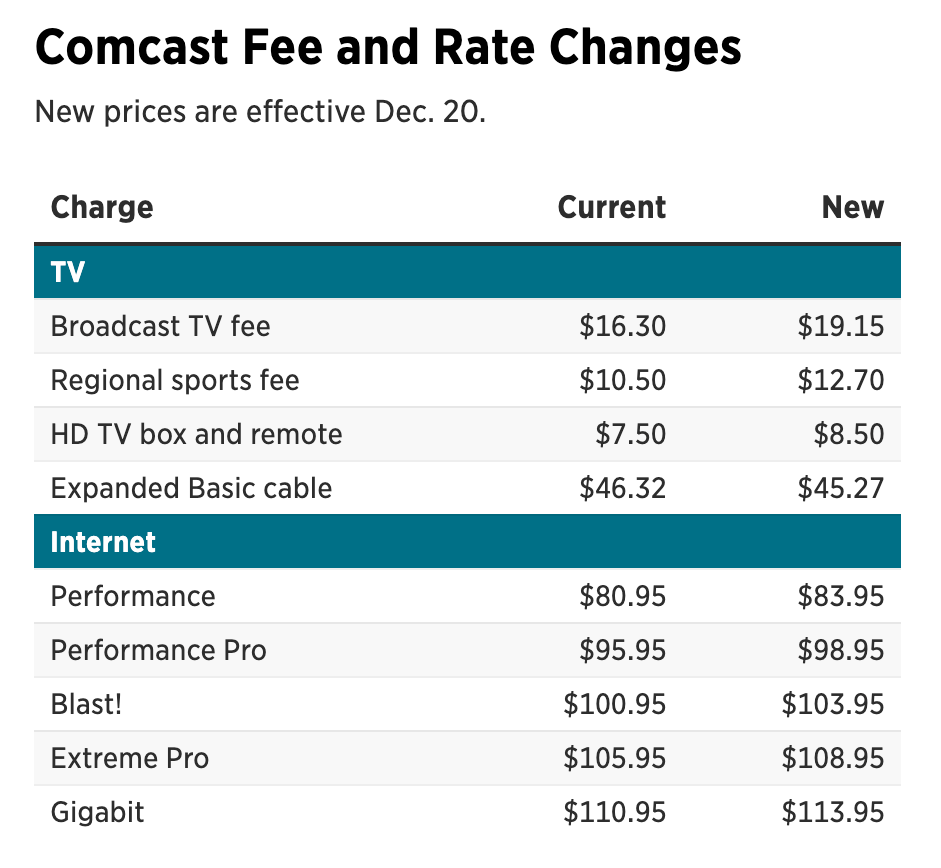Navigating the Intricate Landscape of Regulatory Standards for Cyber Security in Multi-Dwelling Residences to Ensure Occupant Safety and Data Safeguarding
Wiki Article
In the current world, numerous individuals live in multi-unit units, including flat buildings and condominiums. Such places frequently share shared infrastructures for internet and additional amenities. While this setup can be convenient, it also brings up important questions about system security and compliance standards. Ensuring the security of residents and protecting their information is crucial. This piece will examine the intricate landscape of regulatory guidelines for system safety in multi-dwelling buildings, emphasizing how these standards help maintain tenants secure and protected.
One of the primary compliance guidelines that apply to system security is the General Information Protection Act (GDPR). This regulation is intended to safeguard personal information and confidentiality for individuals within the European Community. Although it mainly applies to businesses functioning in the EU, its tenets can influence procedures in other areas as well. For multi-unit buildings, complying to GDPR requires implementing strong information protection measures. This includes making sure that residents' individual information is gathered, kept, and handled securely. By adhering to these guidelines, property administrators can help establish trust with tenants and guarantee their data is protected from illicit intrusion.

A further important standard is the Health Insurance Flexibility and Accountability Law (HIPAA), which protects confidential patient data in the healthcare sector. In multi-unit units, particularly those that offer medical assistance or have tenants with particular medical requirements, adherence with HIPAA is crucial. This requires that any health-related information collected from residents must be maintained confidential and secure. Property managers must make sure that their system infrastructures are designed to avoid information leaks and unauthorized access. By taking these steps, they not only adhere with legal obligations but also foster a safe living space for all tenants.
In addition to GDPR and HIPAA, the Payment Payment Industry Data Security Guidelines (PCI DSS) is a further vital regulatory guideline. This guideline is especially important for multi-dwelling units that process debit card transactions for rent or services. PCI DSS outlines protection protocols that must be in place to safeguard customer data. This entails encrypting confidential data and frequently reviewing network security. By following PCI DSS standards, building administrators can reduce the threat of data leaks and safeguard tenants' monetary data, which is vital for maintaining their trust and safety.
Finally, it is crucial for multi-unit buildings to stay updated on local and federal regulations regarding system safety. Laws and standards can change, and staying aware is essential for adherence. Building managers should frequently review their security protocols and click here to find out more practices to make sure they comply with up-to-date requirements. This proactive approach not only helps in maintaining compliance but also enhances the general safety of the system. By prioritizing tenant safety and data protection, multi-unit buildings can establish a safe residential environment that fosters trust and peace of mind among residents.
In conclusion, navigating the intricate landscape of regulatory guidelines for system safety in multi-unit buildings is crucial for guaranteeing tenant safety and information safeguarding. By comprehending and applying standards like GDPR, HIPAA, and PCI DSS, property administrators can create a safe space for their tenants. Remaining updated about regional laws and frequently assessing safety protocols further improves this commitment to safety. Ultimately, a strong focus on compliance not only protects tenants but also fosters a feeling of belonging and confidence among multi-unit buildings.